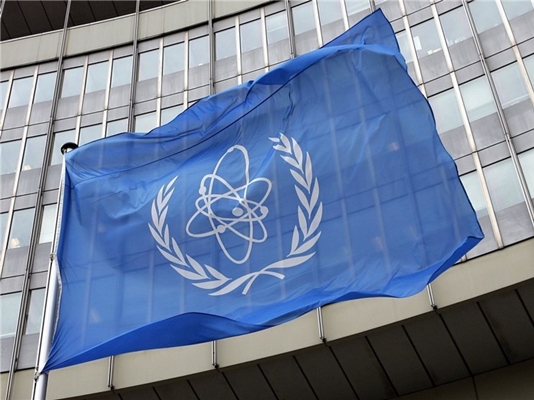While the United States was pushing the UN nuclear inspectors to check military sites in Iran to verify it is not breaching its nuclear deal with world powers, the IAEA declared on Thursday that the Islamic Republic is living up to its JCPOA commitments.
The IAEA has the authority to request access to facilities in Iran, including military ones, if there are new and credible indications of banned nuclear activities there, Reuters quoted officials from the agency and signatories to the deal as saying.
But they said Washington has not provided such indications to back up its pressure on the IAEA to make such a request.
“We’re not going to visit a military site like Parchin just to send a political signal,” an IAEA official said.
IAEA Director-General Yukiya Amano frequently describes his Vienna-based agency as a technical rather than a political one, underscoring the need for its work to be based on facts alone.
IAEA Once Again Confirms Iran’s Compliance with JCPOA
The latest IAEA report once again confirms that Iran has remained loyal to its commitments as per the 2015 deal with world powers.
The report was the third since the January inauguration of US President Donald Trump, who has called the 2015 agreement between six major powers and Iran, reached under his predecessor Barack Obama, “the worst deal ever negotiated” and voiced suspicions Tehran is not fully complying with its terms.
Iran’s stock of low-enriched uranium as of Aug. 21 was 88.4 kg (194.89 pounds), well below a 202.8-kg limit, and the level of enrichment did not exceed a 3.67 percent cap, according to the confidential report sent to IAEA member states and seen by Reuters.
Iran’s stock of so-called heavy water stood at 111 tonnes, below a 130-tonne limit agreed by the parties to the deal.
The UN watchdog’s report said Iran restarted production of heavy water on June 17 after a maintenance shut-down of the plant which started on April 27.
Iran has slightly breached its heavy water limit on two occasions before quickly shipping some amounts to Oman to get below the threshold, Reuters reported.
Asked about when Iran would go above 130 tonnes from the current stock and at a current rate of production that implies a maximum annual output of 20 tonnes, a senior diplomat said it would take Tehran around one year.
